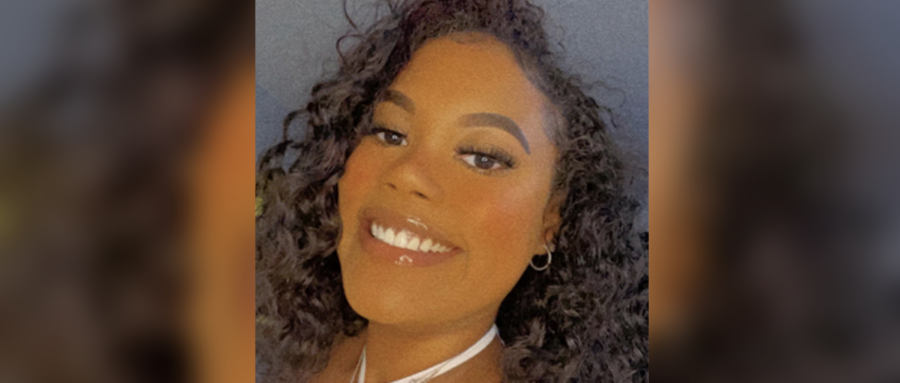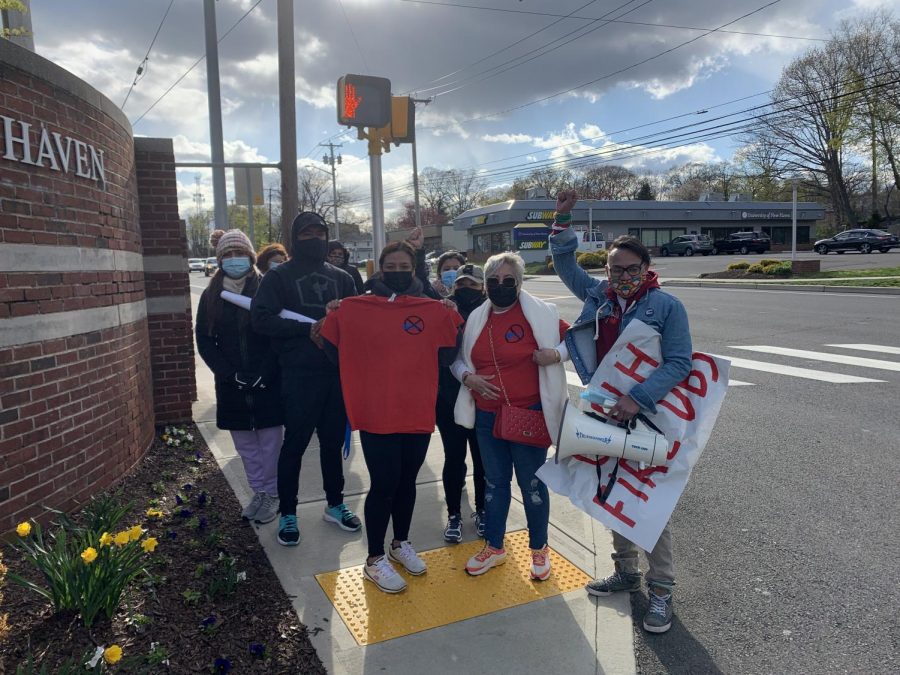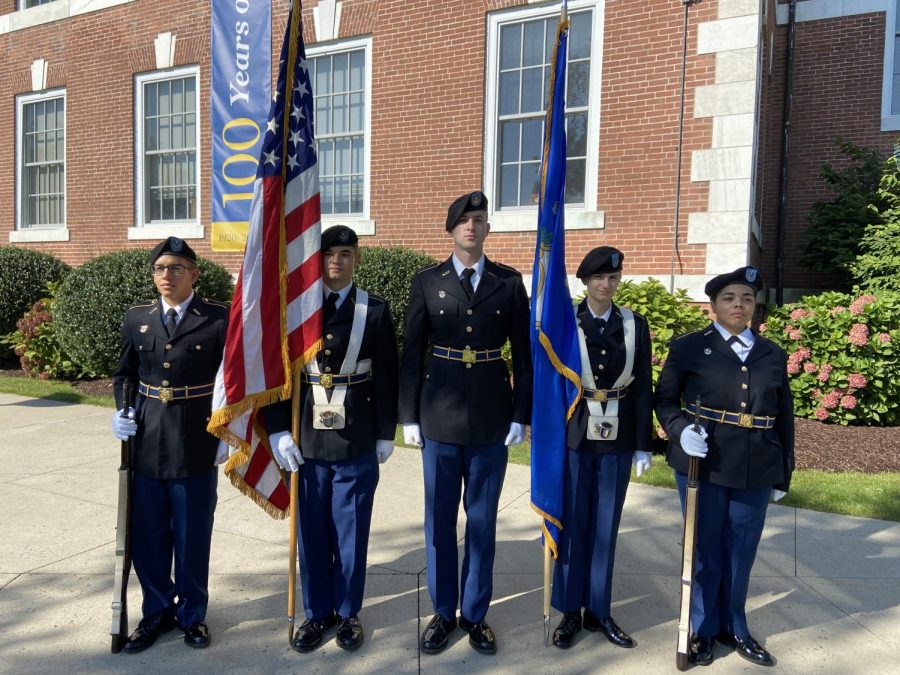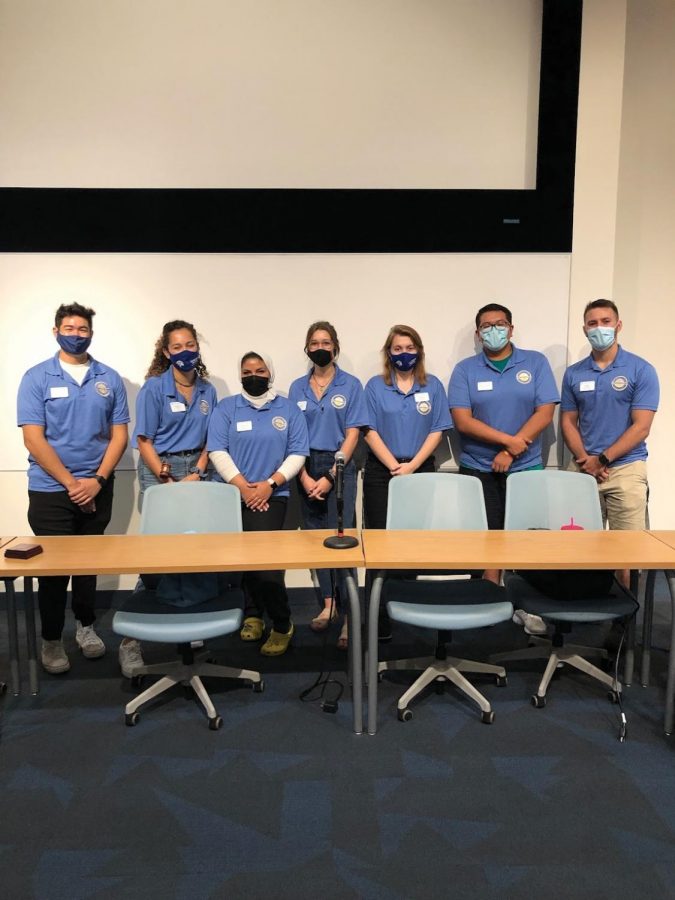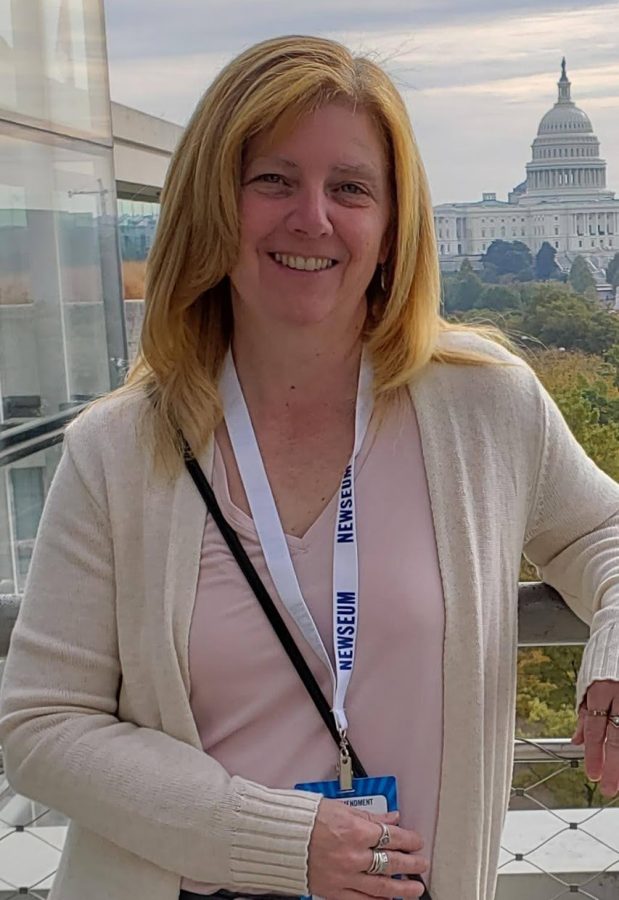When one thinks of poetry, thoughts of Shakespeare may come to mind: non-understandable words written using techniques such as ‘iambic pentameter.’ Poetry, however, is a vastly growing field that transcends more than the traditional pen and paper writing; it has begun incorporating media.
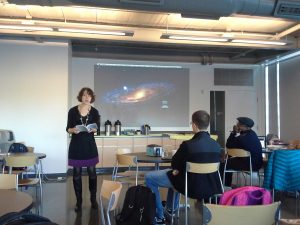
On Thursday, Oct. 11, Honors Program students were in for a treat as two guest poets, Amaranth Borsuk and LaTasha Nevada Diggs came to the University of New Haven to share their work and show how poetry is not an ancient art at all.
Professors Randall Horton and Todd Jokl took their Honors English course ‘Poetry in Motion’ to this event, which directly focused on what they had been working on these past few months, and maybe even sparked some inspiration for their own pieces.
Amaranth Borsuk, both a scholar and poet, joined the University of Washington as a senior lecturer this fall. She started questioning “What makes religious rhetoric so powerful? What would a religion of poetry sound like?” This provided the inspiration for her book Tonal Saw. The book she presented, Between Page and Screen, is virtual art, a reality that can only be accessed through the use of a webcam, which picks up on the little hieroglyphs of each coded page.
With each turn of the page, words spring alive on screen from stark geometric shapes, revealing text laden with imagery and anagrams. Amaranth focuses on “what is the relationship between digital and handmade?” and revels in the liberating fact that this sort of work might not exist in a few years as computers change. She discussed intriguing forms of poetry that the honors course has explored, such as erasure poetry, which is exemplified in the book A Humument, when existing words are erased from a text to make a new meaning of the poem.
LaTasha Diggs is simultaneously a writer, vocalist and sound artist, and incorporates all those talents in her digital form of poetry. With the Black Rock Coalition Orchestra, she currently directs literary and musical events.
Her poetry is comprised of her richly haunting voice echoing as words flash by on the screen in different patterns, fonts and sizes, creating a visual that is just as captivating as the meaning of the poems themselves.
“Ms. Diggs is a rich-voiced wonder whose West Indian lilt is mesmerizing,” says Jennifer Dunnings of the New York Times.
Indeed, LaTasha’s accent adds an interesting tonal quality to her pieces, which have incorporated Japanese, Cherokee, Hawaiian, Spanish and Qeuchua (Incan) language. She questions: “What are the implications of using a language that you are not meant to speak.”
Both poets are deeply fond of echoes in language and juxtaposition within their art, and have successfully intertwined poetry with the digital age. Their books might not be really as endangered as they seem; it is a developing technology in itself.




